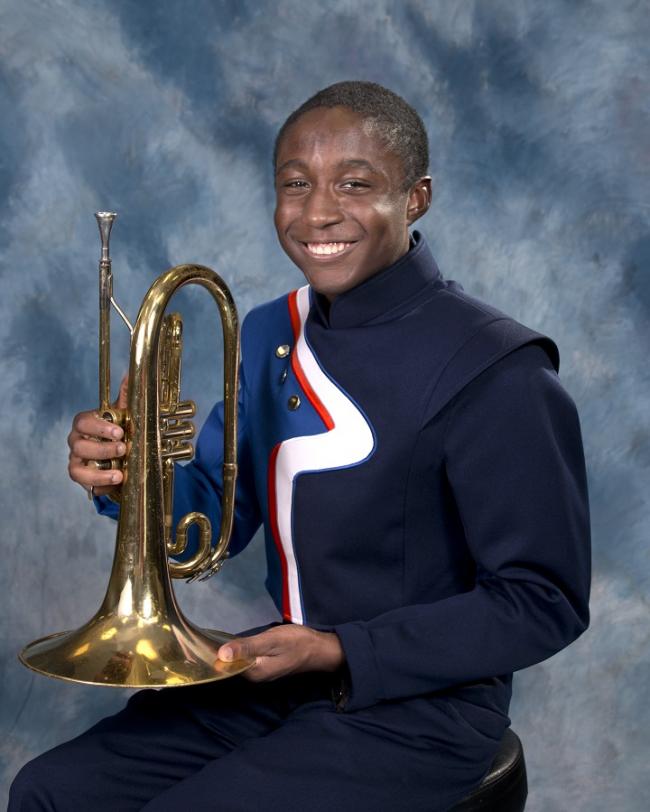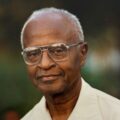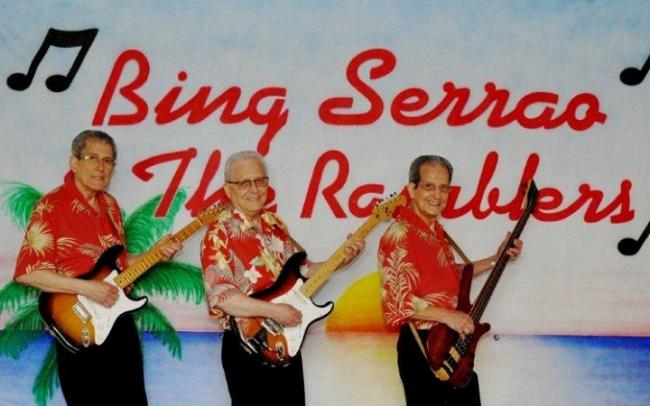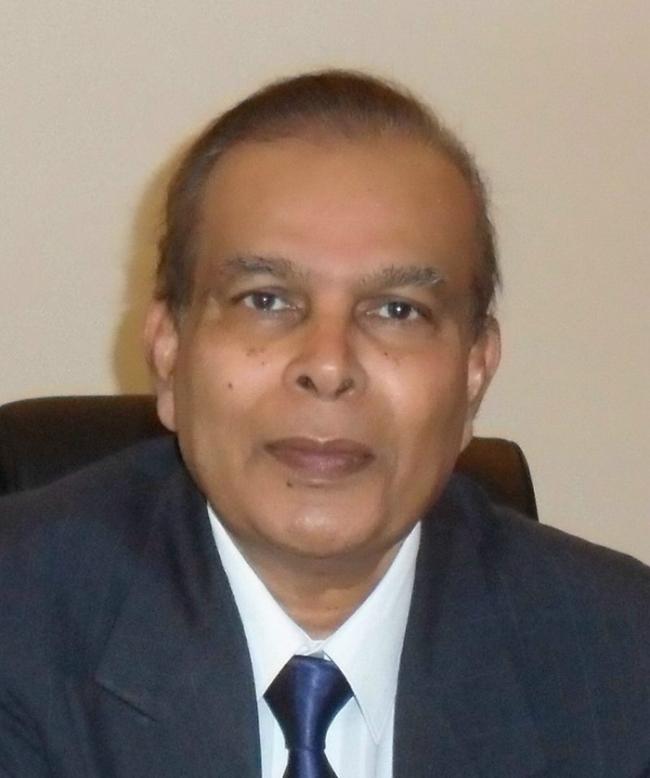Next month, Patrick Wilson, a fifteen-year-old son of Guyanese parents Harold and Melanie Wilson (nee Lake)from suburban Atlanta will join thousands of students from around the country and the world at Michigan State University in East Lansing, Michigan to participate in the 2013 World Finals Odyssey of the Mind competition from May 22-25. The question that you are most likely asking yourself is “What is Odyssey of the Mind and why should I care about it?” Founded in 1978, by a New Jersey College professor, Dr. C. Samuel Micklus, it is an international educational program that provides creative problem-solving opportunities for students from kindergarten through college. They bring their solutions to compete at local, state, and World competitions. Thousands of teams from throughout the U.S. and from about 25 other countries participate in the program.
Here is why you may care about Odyssey of the Mind. We all want our children to be challenged and engaged as they learn, both because we want them to be as best prepared for the world as possible, and so that they can find out who they are, and what they are interested in. If you are a parent of a kid who is not interested in team sports or who has artistic or engineering interests this may be an activity that you can encourage them to participate in if it is available at their school. And if it is not available, then I encourage you to see what you can do to change that. Parents can make this activity available as an extra-curricular activity at their school with a teacher as a sponsor because parents serve as coaches. Girl scouts and Boys scout troops can field teams, and any community group with the time and energy can offer Odyssey of the Mind. This team activity does not involve a ball, a bat, a net, or a track, but yet it can build confidence, team-building skills, and even a competitive spirit. It typically combines music, performance, art, science, and engineering and allows students to collaborate to learn, and explore those things together, or to apply what they have learned in school. Patrick and one of his team members taught themselves to waltz by watching a series of YouTube videos, and he built an electromagnet that was used in one of the props. The program provides opportunities for that kind of independent learning outside of the classroom.
The teams compete in four divisions. Division I for students in grades K-5, Division II for grades 6-8, Division III for grades 9-12 in the U.S., and Division IV for collegiate groups and adults. The teams are limited to a maximum of seven (7) members and each team has to solve a long-term problem, which they typically work on for months before competition and a spontaneous problem that is presented to the students for the first time at the competition. There are five (5) types of long-term problems offered every year. The vehicle problem involves building a vehicle that must perform specified tasks. The technical problem involves building “innovative contraptions” to accomplish a specific task or serve a certain theme. The classic problem incorporates knowledge of architecture, art, and literature. The structure problem requires the designing and building of a structure using only balsa wood and glue, and competing to see which structure supports the most weight. The theatrical problem requires the team to act, sing, and dance based on an assigned theme. Under current rules, the total cost of all materials used must be under $125 or $145, depending on the problem. Team members are prohibited from having outside assistance, even from parents and coaches, and so they have to rely on themselves as they decide how best to utilize their skills, time, and money. The team’s solution to every problem is presented to the judges, and the audience with a performance, often humorous, but always delivered with energy and enthusiasm. All of this creativity on display makes for a long, but entertaining and interesting twelve-hour day of regional or state competition from the opening parade to the closing ceremonies and awards.
With respect to spontaneous problems, the teams do not know ahead of time the topic they are to compete in. At the competition, teams are presented by the judges with a problem in one of three categories; verbal, hands-on, or hands-on verbal. Hands-on problems focus on teamwork and the ability to listen to complicated directions. Teams are usually instructed to build something based on the limited materials given, such as a freestanding tower using a few sheets of paper, some paper clips, a pair of scissors, and a piece of tape. The team with the tallest tower and the best teamwork would likely earn the highest score. Hands-on verbal is a combination of both types of problems as previously described. That part of the competition is closed to observers.
OM, as it is fondly known, is an awesome opportunity for a diverse group of students with different skills, talents, and interests to work together as a team. On Patrick’s team, there were kids from the high school’s marching and symphonic band, the high school chorus an aspiring engineer and Patrick, an aspiring naval aviator. His team began meeting last October and met weekly until the Regional competition in March. All of this activity reached a fever pitch as they prepared for the State Competition in Columbus, Georgia in early April. Happily, it was all worth it! This year, Patrick and his fellow Omers built an eleven-foot stage set with three different backgrounds using paint sample swatches. It is easy to move because they attached it to rolling shelves scavenged from a parent’s garage. It is quite a sight! They even built a working fountain that was strong enough to bear the weight of a team member who serves as the statue on the fountain and stands there singing throughout the eight-minute performance with a guitarist and drummer providing the music! Her dress was designed from feminine hygiene products, and the design features of the fountain included fish made out of paper mache. The dress, the statue’s skin, and the statue were all sprayed gold. It was very impressive! They did all of the brainstorming, designing, building, painting, sewing of costumes, and fixing.
For Patrick, it was challenging, and both he and the team were tested, but in addition to their first-place finish in their division, their intense effort garnered special recognition in the form of an award for exceptional creativity, the coveted Renatra Fusca Award conferred only on one other team this year of the 120 teams that participated. It has been an amazing and gratifying experience for Patrick and has firmly reinforced for him the value of hard work, teamwork, and persistence. And all of that while having fun, being creative, collaborating, problem-solving, and navigating the dynamics of a group. He started participating in sixth grade. Patrick and I agree that the first year was like a training class. Neither the kids nor the parent coach, all novices, knew what to expect. It did not go well! However, in seventh, eighth, and ninth grade, his teams did well enough to qualify for the State Competition at Columbus State University. And now finally, he is off to World Finals. It should be a wonderful experience. I encourage you to take a look at Odyssey of the Mind and talk to your children or grandchildren about it. If you have not heard about it, I think you will like what you see.
For more information go to Odyssey of the Mind






